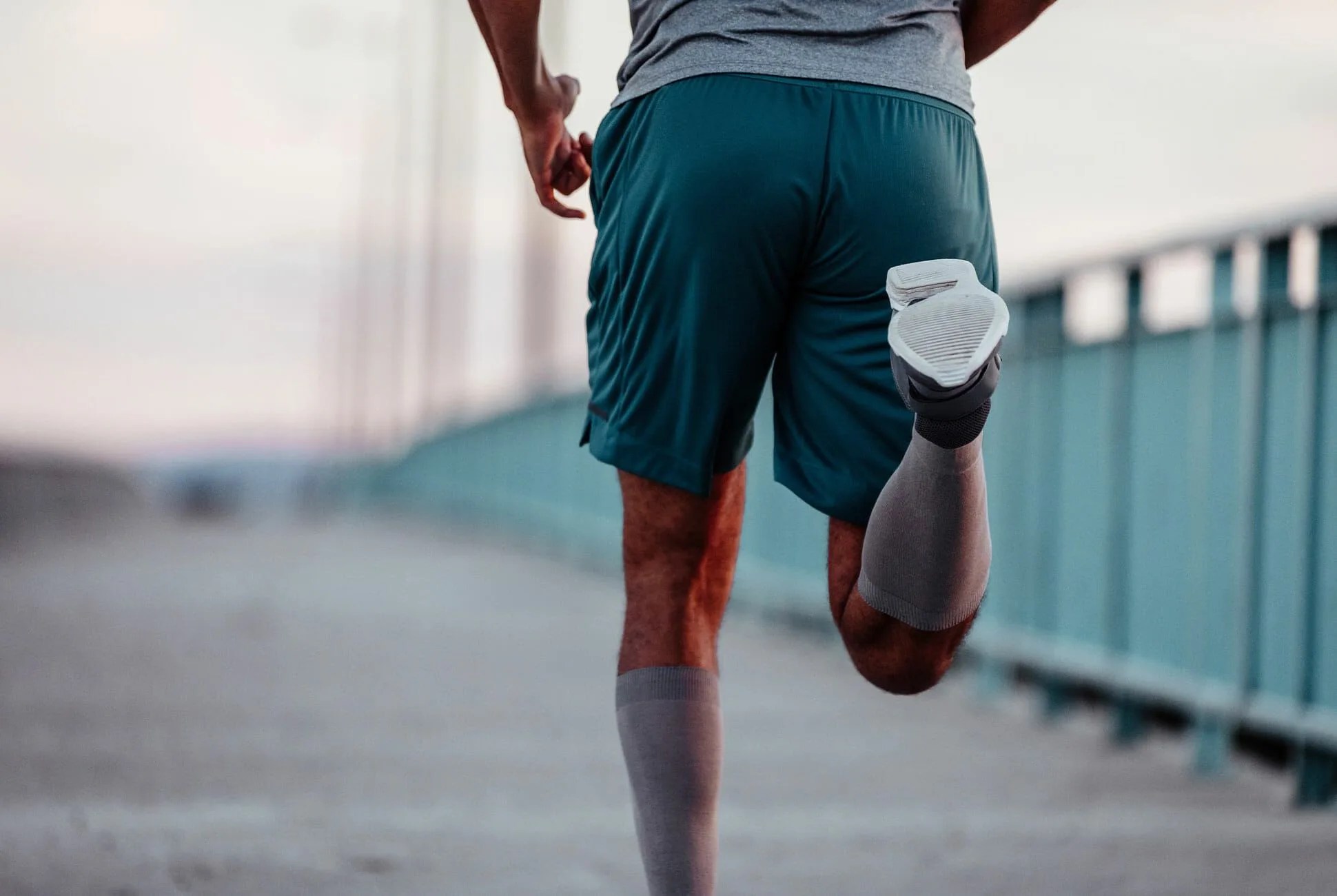Recovery used to be about doing nothing, taking a day off after going really hard at, say, a lacrosse game or track meet. In the last five years, though, “recovery” has ironically become something you do — something that requires effort, as opposed to, well, none.
While I fully subscribe to the benefits of a massage, a stretch class, or scheduling in more naps after a particularly brutal workout or long-distance race, one trend I can’t get on board with is recovery sandals. Most are puffy, bland and remind me of the Dad-shoes of the 90s. Yes, they are way more supportive than super flat flip-flops, they feel good right out of the box, and the slides can help reduce stress on your feet, knees and back — all areas that typically need some relief post-run — but, regardless, they’re pretty polarizing.
The Argument for Recovery Sandals
Think back to when it was cool to wear the Adidas Adilette slide (to be honest, it’s cool again now) — the iconic three stripes across the band were a staple on every soccer field sideline. It’s that same idea — a silhouette that lets your foot splay and rest — but new versions are paired with more than just a flat piece of EVA. They have shock-absorption, arch support and high-tech materials. Most recovery sandals today have the voluminous foam of a sneaker underfoot, which helps absorb more impact than flip flops. Pair that boost with arch support (also unlike most flip flops) and hydrophobic materials, so you can wear them in the shower or sweat in them. They’ve become over-engineered as a means to offer your feet a relaxing place to rest up and are quickly populating the marketplace, given the rise in interest in recovery. I’ve worn a pair of Superfeet’s newest Aftersport sandals and have to admit, they are extremely comfortable. The Goldilocks foam feels like your feet are on pillows yet somehow supported along the sides.

Superfeet’s newest Aftersport sandals

